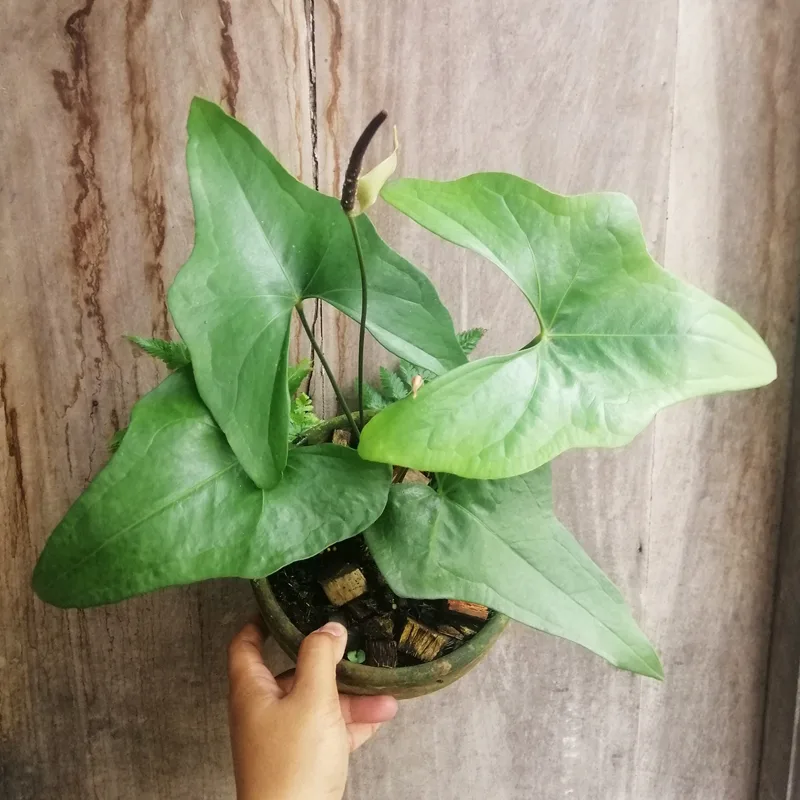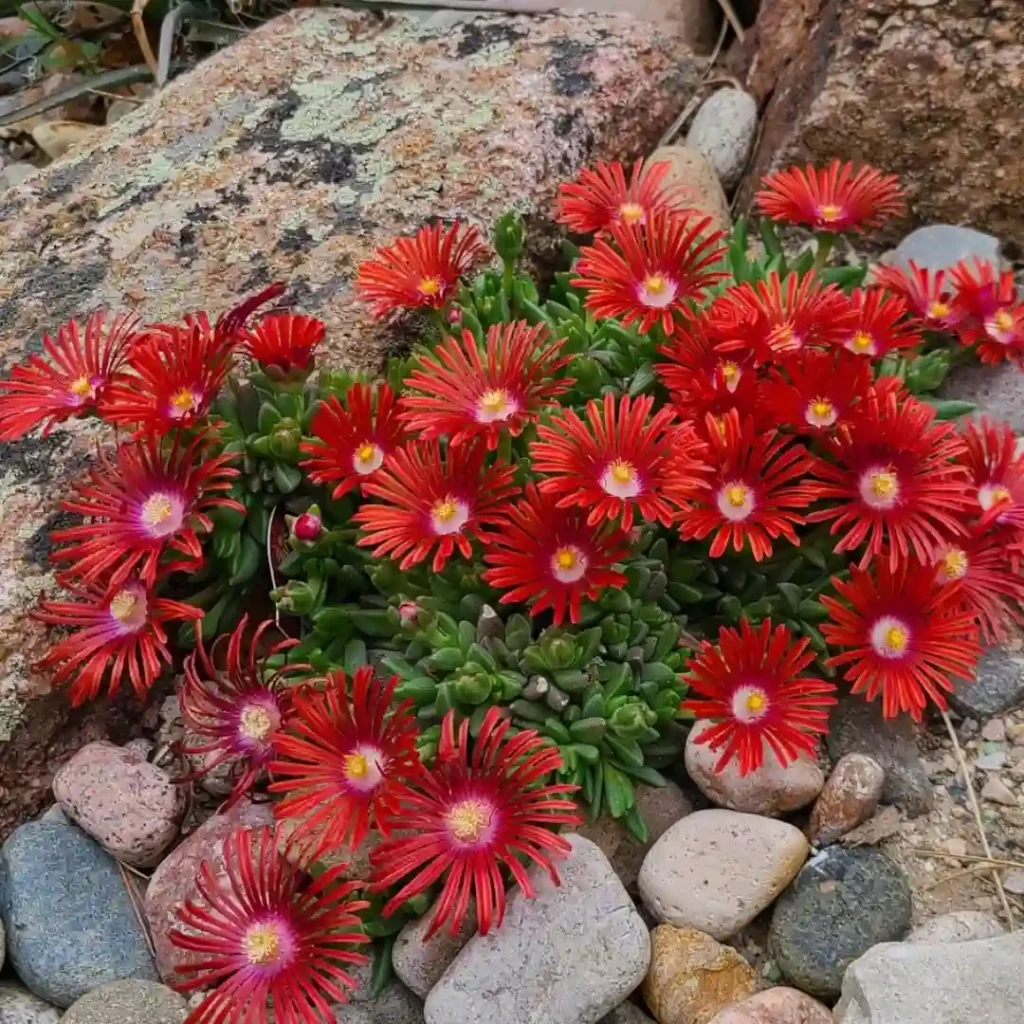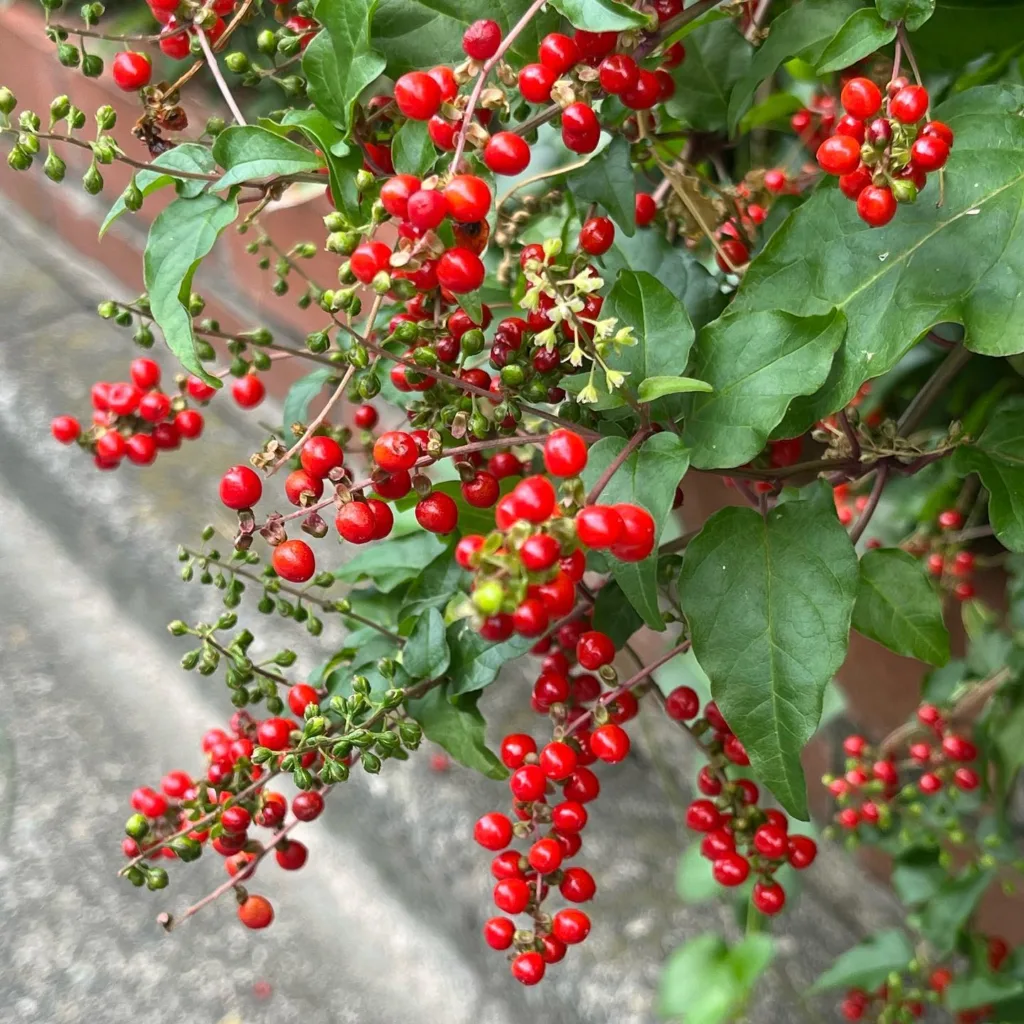
Are coral bells deer resistant?
I planted a whole row of coral bells last year along the side of my house, thinking they’d be a perfect pop of color in the shade. For a while, everything seemed fine. Then, one morning, I noticed some of the leaves looked chewed up. At first, I thought maybe it was rabbits, but then I saw some hoof prints nearby. Disappointed doesn’t even begin to cover it! Those deer must have been really hungry because coral bells aren’t exactly known for being delicious. Guess I’ll have to try some repellent this year and hope for the best.
Do deer eat coral bells?
I planted a whole row of coral bells last year along the side of my house, thinking they’d be a perfect pop of color in the shade. For a while, everything seemed fine. Then, one morning, I noticed some of the leaves looked chewed up. At first, I thought maybe it was rabbits, but then I saw some hoof prints nearby. Disappointed doesn’t even begin to cover it! Those deer must have been really hungry because coral bells aren’t exactly known for being delicious. Guess I’ll have to try some repellent this year and hope for the best.
From what I’ve read, deer usually leave coral bells alone, but my experience shows they’ll nibble if they’re desperate enough. Maybe I just have deer with poor taste!
Are coral bells toxic to dogs?
Thankfully, my furry friend seems completely uninterested in the coral bells! I was a little worried at first since he likes to sniff and sometimes chew on everything in the garden. But I did some research before planting them, and everything I read said coral bells are safe for dogs. That’s a relief! Now I don’t have to worry about him getting sick if he decides to take a nibble.
Do coral bells spread?
Absolutely! Those coral bells I planted last year have gotten bigger and bushier, and they’re slowly starting to fill in the space between them. It’s actually kind of nice because I wasn’t sure how many to plant at first. Now it looks like they’re naturally creating a nice border. I’ve read they can spread up to 3 feet wide, so I might eventually need to divide them if they get too crowded. But for now, I’m enjoying watching them slowly expand and fill out the garden bed.
How big do coral bells get?
The coral bells in my yard are kind of like Goldilocks – not too short, not too tall, just right! They’re forming these neat little mounds that are maybe knee-high on me, so around 12 to 18 inches tall. The leaves themselves hug the ground, but then those airy flower stalks shoot up in the summer. Those can get surprisingly tall, sometimes reaching up to my waist! It’s a fun surprise because the foliage itself is so compact. I love how they add a little height and texture to the shade border without being overwhelming.
Are coral bells perennials?
Yes! That’s the beauty of my coral bells – they keep coming back year after year. They weren’t flowering when I planted them last spring, but this year they put on a fantastic show! I love the tall stalks with those delicate pink bell-shaped flowers. They’re not huge or showy, but they add a touch of elegance to the shade garden. Plus, the foliage itself is so colorful, it provides interest all season long. Even after the flowers fade, the leaves stay vibrant, and some varieties even change color throughout the year. So yeah, definitely perennials – they’re a great low-maintenance way to add year-round interest to my shade beds.
Do coral bells like sun or shade?
Actually, my experience with coral bells shows they’re a bit like me – adaptable! I planted mine in a shady spot because I read that’s where they thrive. And they do like the shade, their leaves stay beautifully colorful without getting scorched. But I’ve noticed some of my neighbors have coral bells planted in full sun, and they seem to be doing okay too, as long as they get regular watering. So, I’d say they’re flexible depending on your garden situation. Maybe some varieties do better in more sun than others. I might have to do some research and try a sunnier spot for some new varieties next year!
When do coral bells bloom?
My coral bells put on a bit of a show in late spring and bloomed all through summer! I wasn’t sure exactly when they’d flower since they were new last year, but they surprised me with these airy stalks topped with delicate pink bells around June. They seemed to keep going for months, and I deadheaded them a few times to encourage even more blooms. Even now, in late April, there are still a few lingering flowers. So from what I’ve seen, they have a pretty long blooming season, which is another reason I love them! They add a touch of color to the shadier parts of my garden for a good chunk of the year.
When to plant coral bells?
In my experience, planting coral bells can be done in two windows: either late fall or early spring. I actually planted mine last spring, and they did great! The cooler temperatures helped them establish their roots before the summer heat hit. But I’ve also read that planting in late fall allows them to get settled in over winter and be ready to take off come spring. So, it really depends on what works best for your schedule and climate. If you have mild winters, fall planting might be a good option. But if you get hard freezes, waiting until spring might be safer for the new plants.
Do rabbits eat coral bells?
I can’t say for sure from my own experience if rabbits eat coral bells. Thankfully, I haven’t noticed any rabbit damage on mine so far. Maybe the deer scare them off! But I have read that rabbits will munch on just about anything if they’re hungry enough. Coral bells aren’t their first choice, but it seems they might nibble on them if other tastier plants are scarce. If you have a serious rabbit problem, you might want to choose a different plant for your shade border. Maybe something thorny or with a strong scent to deter those furry nibblers.
How to care for coral bells?
Here’s what I’ve learned about caring for coral bells:
- Pick the right spot: They’re like Goldilocks for light – some shade is ideal, but they can handle some sun as long as you keep them well-watered.
- Soil matters: Well-drained, slightly acidic soil is key. They don’t like soggy feet!
- Water wisely: Especially in their first year, keep the soil moist, but don’t drown them. Established plants can handle some drought, but they’ll appreciate a drink during hot, dry spells.
- Mulch magic: A layer of mulch around the base of the plant helps retain moisture, keeps the roots cool, and suppresses weeds.
- Deadhead for more blooms: Pinching off spent flowers encourages the plant to keep putting out new ones.
- Divide and conquer: If your coral bells get too crowded, you can divide them in spring or fall.
- Relax and enjoy! Coral bells are pretty low-maintenance once they’re established. They’re a great way to add color and texture to your shade garden with minimal fuss.
What to plant with coral bells?
Since my coral bells thrive in the shade, I’ve had fun finding other shade-loving plants to keep them company! Here’s what’s worked well in my garden:
- Ferns: Their delicate fronds add a lovely contrast to the bolder foliage of coral bells. Plus, they both like consistently moist soil.
- Hostas: These shade garden staples come in a variety of sizes and colors, creating a nice backdrop for the colorful leaves of coral bells.
- Astilbes: Their fluffy, feathery blooms add a touch of whimsy and fill in the space above the lower-growing coral bells.
- Bleeding hearts: The unique heart-shaped flowers of bleeding hearts add a pop of color and surprise in the shade.
For a bit of color contrast, some sun-tolerant options (planted nearby but where they get some shade from the coral bells) that have worked well include:
- Daylilies: Low-maintenance and constantly putting out blooms, daylilies add a cheerful burst of color throughout the summer.
- Lamium: This low-growing groundcover has interesting variegated leaves that complement the colorful foliage of coral bells.
Remember, these are just a few ideas to get you started. There are many other shade-loving plants that would look great with coral bells. Do some research and have fun creating your own unique shade garden combinations!
Are coral bells evergreen?
In my experience, coral bells are a bit of a mixed bag when it comes to being evergreen. It really depends on the climate you live in.
Here’s what I’ve observed:
- Warmer climates: In warmer areas with mild winters, the coral bells tend to stay mostly evergreen. They might lose a few leaves here and there, but the majority of the foliage will persist throughout the winter.
- Colder climates: However, in colder regions with harsher winters, the coral bells tend to be more semi-evergreen. The leaves might get a bit tattered or die back completely during the coldest months. But the good news is, come spring, they’ll usually bounce back with fresh new growth.
So, it depends on your location! If you’re unsure about how yours will fare in winter, you can always trim off any dead or damaged leaves in early spring to make way for the new growth. But even in colder climates, they should still provide some winter interest with the remnants of their colorful foliage.
How to propagate coral bells?
There are two main ways I’ve found success propagating coral bells: division and cuttings.
Division is a great way to multiply your existing plants, especially if they’ve gotten too crowded. Here’s what I do:
- Pick the right time: Spring or fall is ideal when the temperatures are mild.
- Dig it up carefully: Use a shovel to gently lift the entire plant out of the ground.
- Divide and conquer: Using a sharp knife, carefully cut the root ball into sections, each with several healthy shoots (eyes) on them.
- Replant the divisions: Dig holes in your chosen location, amend the soil if needed, and plant each division, making sure the crown sits just above the soil surface.
- Water thoroughly and keep moist: Help your new coral bells establish themselves by giving them a good drink and keeping the soil moist for the next few weeks.
Propagating by cuttings is another option, though it takes a little longer than division. Here’s the process:
- Find a healthy stem: Look for a stem that’s at least 4 inches long with a few leaves.
- Make the cut: Using sharp shears, cut the stem just below a leaf node (the bumpy area where a leaf attaches to the stem). Remove the lower leaves from the cutting.
- Pot it up: Fill a pot with well-draining potting mix and moisten it. Make a hole in the center and insert the cutting, making sure a leaf node is buried in the soil.
- Keep it cozy: Place the pot in a shady location and cover it with a clear plastic bag to create a mini greenhouse.
- Patience is key: It can take several weeks for roots to develop. Be patient and keep the soil moist but not soggy. Once you see new growth emerge, you can gradually remove the plastic bag and harden off the plant before transplanting it to the garden.
No matter which method you choose, propagating coral bells is a rewarding way to get more of these colorful and easy-care plants for your garden!
Can coral bells take full sun?
My experience with coral bells shows they can handle some full sun, but there are definitely some things to consider:
- Variety matters: Some coral bell varieties, like Heuchera villosa, are more sun-tolerant than others. Varieties with darker or near-black foliage tend to handle stronger sun better than those with lighter, more vibrant colors.
- Climate matters: They’ll likely tolerate more sun in cooler climates where the heat isn’t scorching. However, in very hot and sunny areas, full sun might scorch the leaves.
- Water, water, water: The key to success with coral bells in full sun is keeping them well-watered. They don’t like their roots to dry out, so plan on more frequent watering during hot, dry spells.
- Afternoon shade can be a friend: If you’re planting coral bells in a sunny spot, try to give them some afternoon shade from taller plants or structures. This will help prevent the leaves from getting fried during the hottest part of the day.
Overall, while coral bells generally prefer partial shade, some varieties can do okay in full sun with proper care. If you’re unsure about a specific variety, it’s always best to err on the side of caution and plant them in a shadier location. But with a little extra attention to watering and sun exposure, you might be surprised at how well your coral bells adapt to a sunny spot in your garden!
If i die, water my plants!



